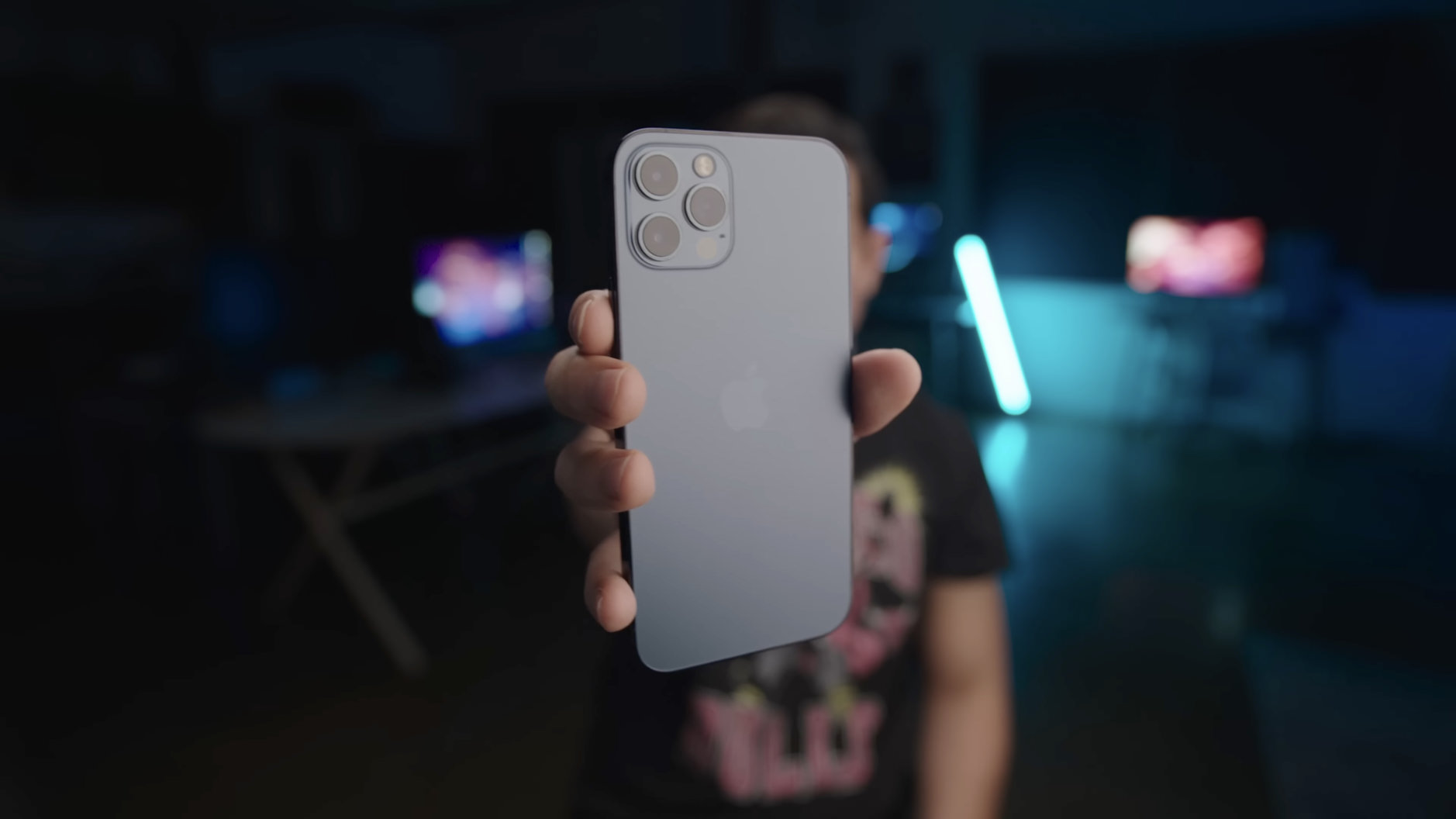„So the iPhone shooting HDR video by default, out of the box, is a big deal.”

➝ Video
Das iPhone 12 (Pro) ist nicht das erste Smartphone, das Videos in HDR aufnimmt. Es ist jedoch das erste Smartphone, dass die Video mit höherem Kontrastumfang massentauglich macht.
Nicht unbedingt weil das Telefon technisch dazu in der Lage ist, sondern weil Apple einen Workflow drumherum baut – von einer Abwärtskompatibilität bis zum Schnitt.
Apple and Dolby have done something very smart to ensure long-term compatibility at the cost of some short-term incompatibility.
Dolby Vision and the rival HDR10 format are what’s called perceptual quantizer (PQ) HDR systems. And PQ systems are not backwards compatible with SDR displays, meaning Dolby Vision video has only been compatible with Dolby Vision displays. (Playing a Dolby Vision video on a non-Dolby Vision display would look completely wrong.) If you wanted to watch a Dolby Vision video on a regular display, you would have to re-encode it into SDR — basically, make an entirely new video file.
But the iPhone 12 shoots video in a newer version of Dolby Vision called Profile 8.4 that’s built on a standard called HLG, or hybrid log-gamma. HLG works differently than PQ systems; it was developed by broadcasters like the BBC and NHK to be backwards compatible with SDR displays so they would only have to broadcast one video stream.
All this means that an iPhone 12 HDR video is a 10-bit HLG file with additional Dolby Vision metadata on top, and it will happily play back as SDR on SDR displays, HLG on HLG displays, and Dolby Vision on Dolby Vision displays that support Profile 8.4. And iOS 14 is smart enough to know when the apps and devices you’re sharing video to don’t support this new format, and it’ll make sure you send something that works. It is all very clever, even though, in practice, what it means is you’re mostly sharing SDR video.
Mit der schieren Anzahl von Telefonen, die Apple verkauft, lösen sie „Ripple-Effekte” aus. Als das iPhone 7 im Herbst 2016 damit begann Fotos im größeren P3-Farbraum zu knipsen, unterstütze Instagram diese Bilder bereits im Januar 2017. (Video‑)Plattformen wie YouTube stehen nun vor einer Schwemme von neuen Video-Uploads in HDR und damit vor einer vergleichbaren Aufgabe.